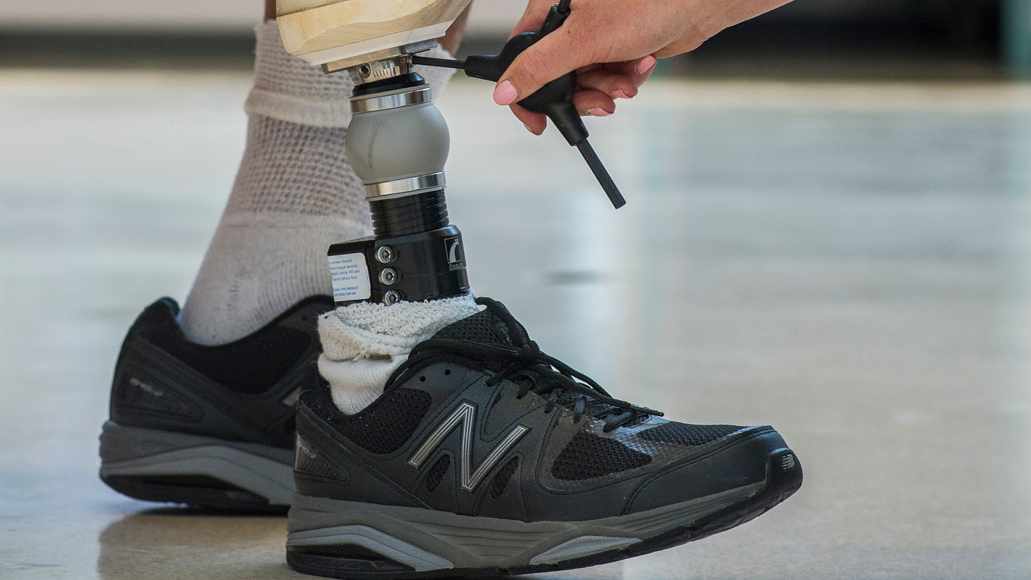Optimizing production time for foot orthotics
Teams of the Holland Musculoskeletal Program are always looking at ways to improve processes. These may seem unrelated to daily activities in the clinic, but in fact, enhance the care experience for patients.
SCIL or the Sunnybrook Centre for Independent Living is part of the Holland Musculoskeletal Program located at the Bayview campus. The Centre provides services in pedorthics (foot orthotics and custom footwear), podiatry and prosthetics (specialized devices), to support patients with musculoskeletal conditions who may have challenges doing activities of daily living on their own.
SCIL has begun an initiative known as a LEAN initiative. LEAN is a well-established approach used in the health-care sector and other sectors. In health care, it is about engaging in continuous process improvements to add to positive experiences for patients, and for health care partners.
“Through streamlining of processes to reduce technical and clinical labour, we have optimized production time for foot orthotics,” says Kevin Fraser, Pedorthist, SCIL Program. Foot orthotics are custom-made devices that support, align and accommodate for a foot abnormality to help with function.
SCIL is testing the combined use of two methods:
- Conventional fabrication involves the use of plaster, foam impression or fiberglass castings of a patient’s feet, to then make customized orthotics.
- Modeling CAD (computer-assisted design)-CAM technology uses three-dimensional (3D) laser and white light image direct scanning of a patient’s feet. The CAD-CAM then mills the orthotics to the specifications of the digital model.
For some patients with diabetic wounds, using 3D scanning and modeling technology may prove a better experience instead of more contact with plaster casting.
Pressure-related wounds or ulcers are unfortunately very common in patients with diabetes. Once Fraser and the team make the orthotics, these patients use them for bracing or for off-loading of pressure and strain which helps with healing.
“Testing this combination enhances the practice of pedorthics, but also importantly, has a positive impact in supporting more tailored care for our patients,” says Fraser.






